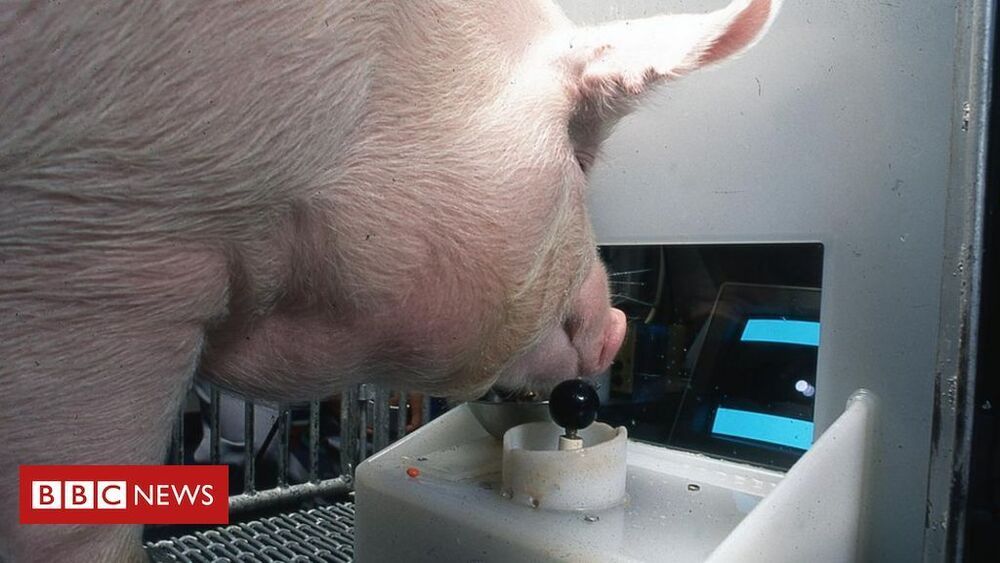The toolset runs with Q-CTRL’s flagship BOULDER OPAL software for developers and R&D teams, automated closed-loop hardware optimization is also trained to obtain new experimental data/results from quantum computers while simultaneously running optimizations for algorithms. It can be used as a standalone tool or in tandem with a machine-learner online optimization package (M-LOOP) that manages quantum experiments autonomously.
To build a universal quantum computer from fragile quantum components, effective implementation of quantum error correction (QEC) is an essential requirement and a central challenge. QEC is used in quantum computing, which has the potential to solve scientific problems beyond the scope of supercomputers, to protect quantum information from errors due to various noise.
Using the Australia Telescope Compact Array (ATCA) and the Atacama Large Millimeter/submillimeter Array (ALMA), astronomers have conducted a study of two magnetars known as PSR J1622−4950 and 1E 1547.0−5408. Results of this investigation, published February 4 on arXiv.org, provide important information about radio emission from these two sources.
With cinemas badly hit by Covid-19 restrictions they are looking for new revenue streams. 🎮
Now Sweeney, 50, is embarking on the biggest battle in his company’s 30-year history: Epic is suing Apple and Google in a legal challenge that could remake the future of the digital economy.
Over the course of his career Tim Sweeney has been unafraid to take on tech industry giants.
Despite poor vision and a severe lack of thumbs, Hamlet and other pigs could learn to be gamers.
You’ve been hoaxed.
The hoax seems harmless enough. A few thousand AI researchers have claimed that computers can read and write literature. They’ve alleged that algorithms can unearth the secret formulas of fiction and film. That Bayesian software can map the plots of memoirs and comic books. That digital brains can pen primitive lyrics1 and short stories—wooden and weird, to be sure, yet evidence that computers are capable of more.
But the hoax is not harmless. If it were possible to build a digital novelist or poetry analyst, then computers would be far more powerful than they are now. They would in fact be the most powerful beings in the history of Earth. Their power would be the power of literature, which although it seems now, in today’s glittering silicon age, to be a rather unimpressive old thing, springs from the same neural root that enables human brains to create, to imagine, to dream up tomorrows. It was the literary fictions of H.G. Wells that sparked Robert Goddard to devise the liquid-fueled rocket, launching the space epoch; and it was poets and playwrights—Homer in The Iliad, Karel Čapek in Rossumovi Univerzální Roboti—who first hatched the notion of a self-propelled metal robot, ushering in the wonder-horror of our modern world of automata.
What if our bodies kept evolving? And are there body parts that will disappear one day?
The First 1000 people to click this link get a FREE SKILLSHARE PREMIUM MEMBERSHIP: https://skl.sh/asapscience01211
Our backs hurt, ankles break and feet are busted! Not to mention having a baby is dangerous and our eyes are built backwards. There is a lot that doesn’t work in our bodies, so today we are going to explain the perfectly evolved human. Evolutionary biologists have been battling this scenario for years so we explain it all. Including the need for ostrich feet, bipedal bodies, bilateral symmetry, rewiring neurons in the eye and having dog ears! Let us know if you would want this body!?
References:
Metazoa: Animal Life and the Birth of the Mind — by Peter Godfrey Smith.
https://leakeyfoundation.org/2015why-walk-on-two-legs/#:~:te…duced%20in, stable%2C%20rigid%20base%20for%20propulsion.
https://www.earthdate.org/node/131
https://pubmed.ncbi.nlm.nih.gov/30772945/
https://pubmed.ncbi.nlm.nih.gov/31163155/
https://pubmed.ncbi.nlm.nih.gov/30482358/
https://pubmed.ncbi.nlm.nih.gov/29787621/
https://pubmed.ncbi.nlm.nih.gov/28406563/
“Mining” for the cryptocurrency is power-hungry, involving heavy computer calculations to verify transactions.
Like.









